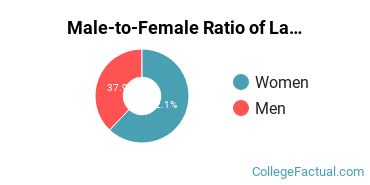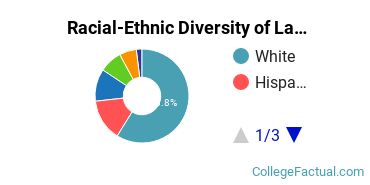 by our College Data Analytics Team
by our College Data Analytics TeamLaw is a concentration offered under the law major at New England Law - Boston. We’ve gathered data and other essential information about the doctor’s degree program in law, such as if the program is offered online, ethnicity of students, how many students graduated in recent times, and more.
If there’s something special you’re looking for, you can use one of the links below to find it:
Online degrees for the New England Law law doctor’s degree program are not available at this time. To see if the school offers distance learning options in other areas, visit the New England Law Online Learning page.
About 62.1% of the students who received their Doctorate in law in 2019-2020 were women. This is higher than the nationwide number of 52.6%.

Racial-ethnic minority graduates* made up 30.7% of the law doctor’s degrees at New England Law in 2019-2020. This is about the same as the nationwide number of 30%.

| Race/Ethnicity | Number of Students |
|---|---|
| Asian | 9 |
| Black or African American | 12 |
| Hispanic or Latino | 22 |
| Native American or Alaska Native | 0 |
| Native Hawaiian or Pacific Islander | 0 |
| White | 90 |
| International Students | 3 |
| Other Races/Ethnicities | 17 |
*The racial-ethnic minorities count is calculated by taking the total number of students and subtracting white students, international students, and students whose race/ethnicity was unknown. This number is then divided by the total number of students at the school to obtain the racial-ethnic minorities percentage.
More about our data sources and methodologies.